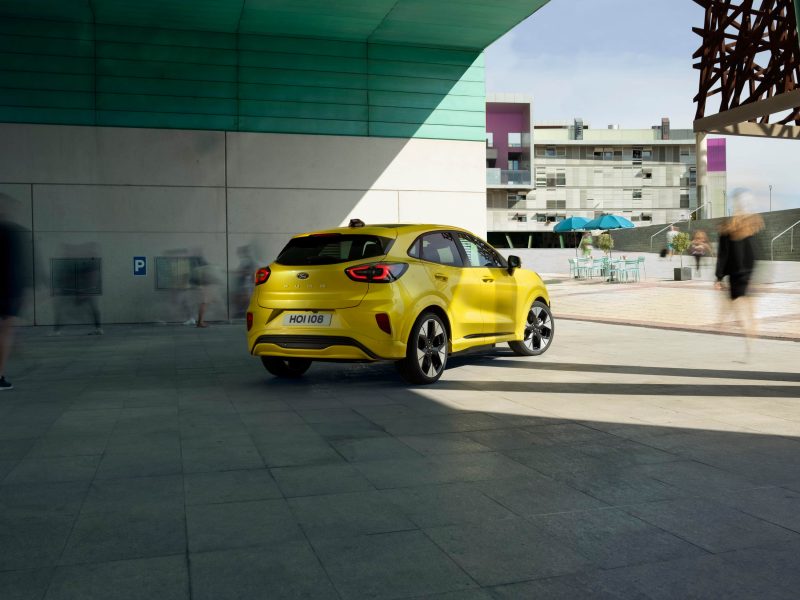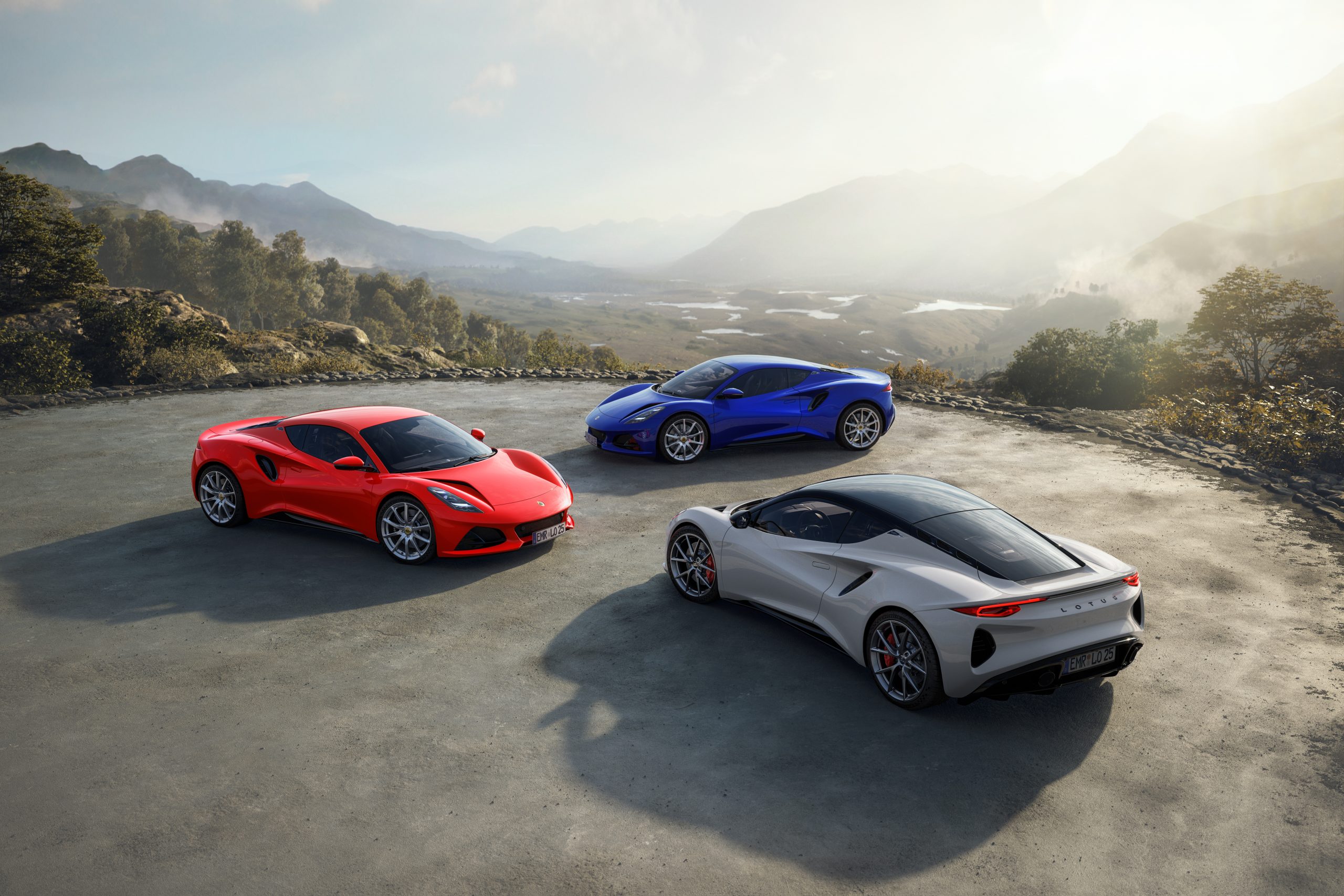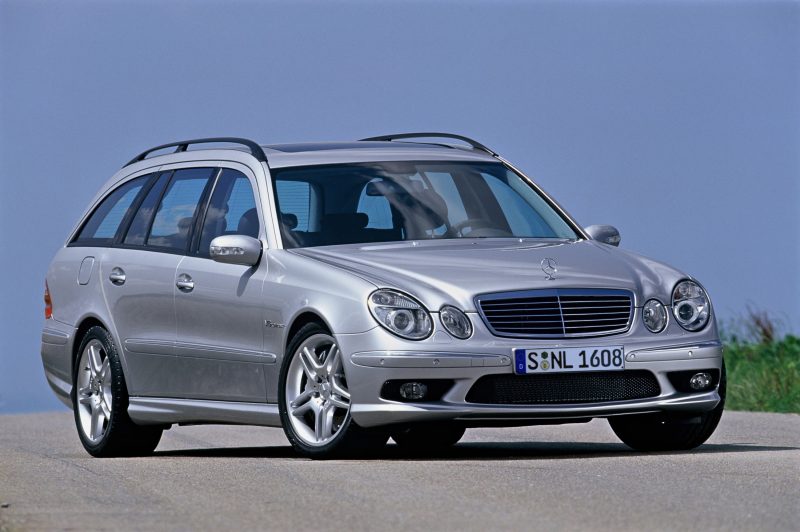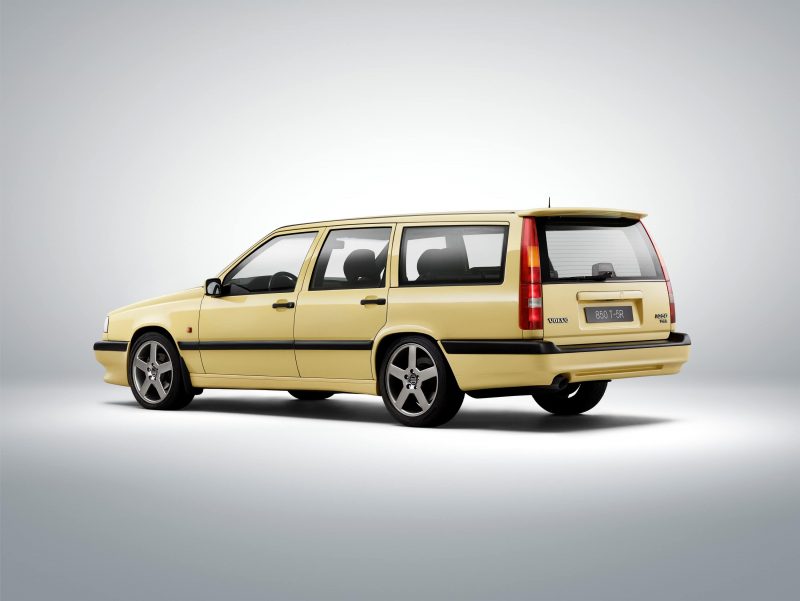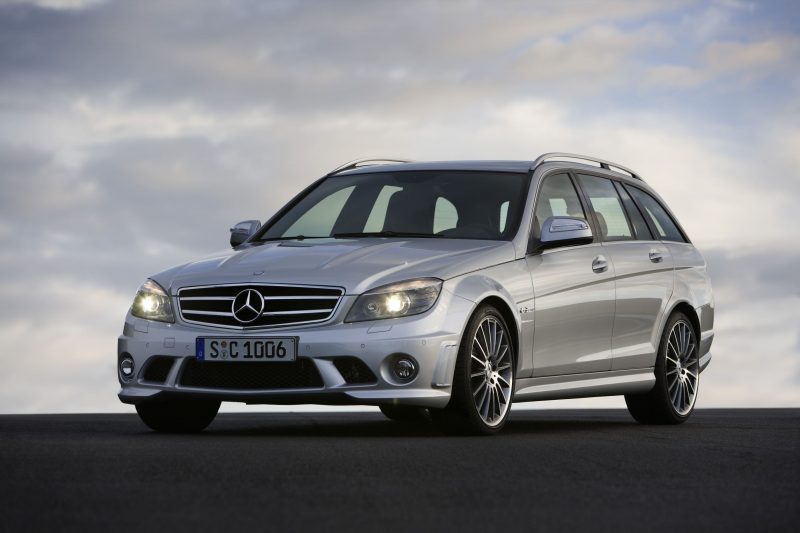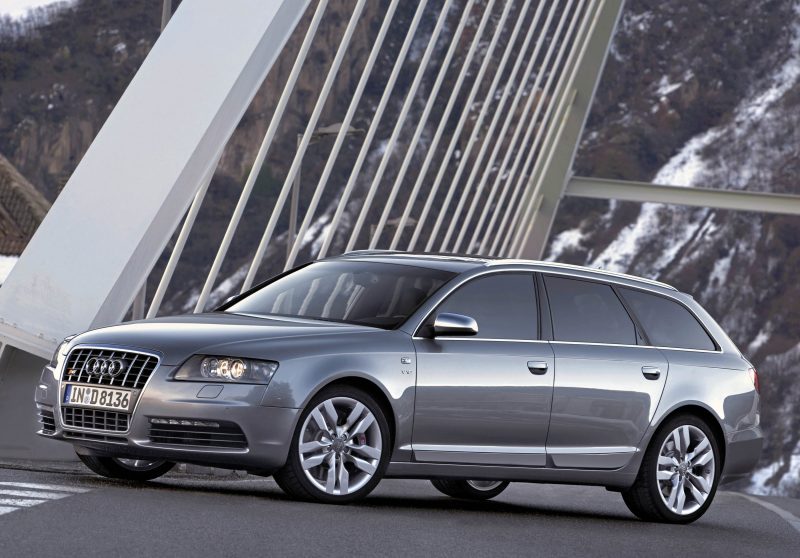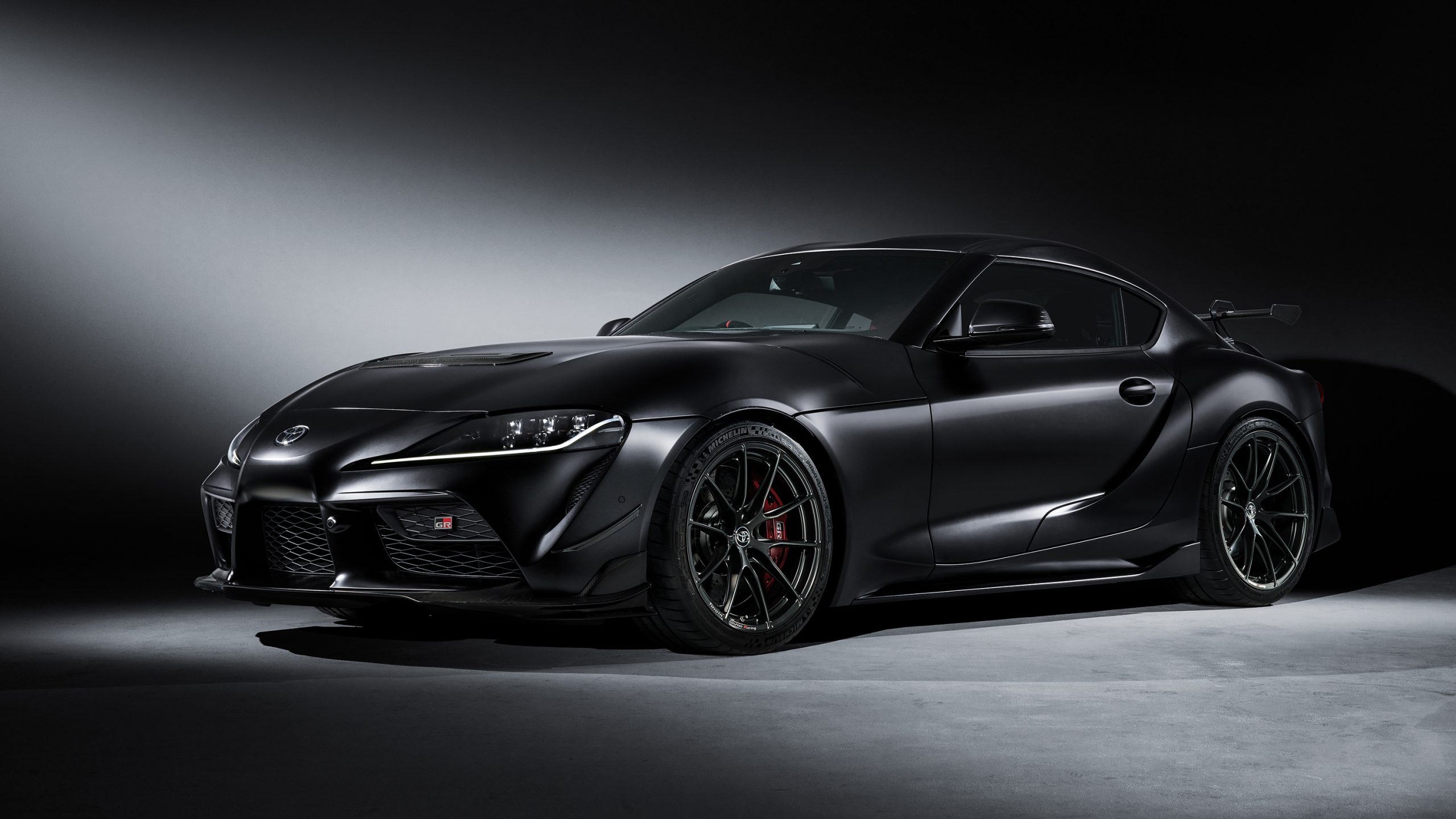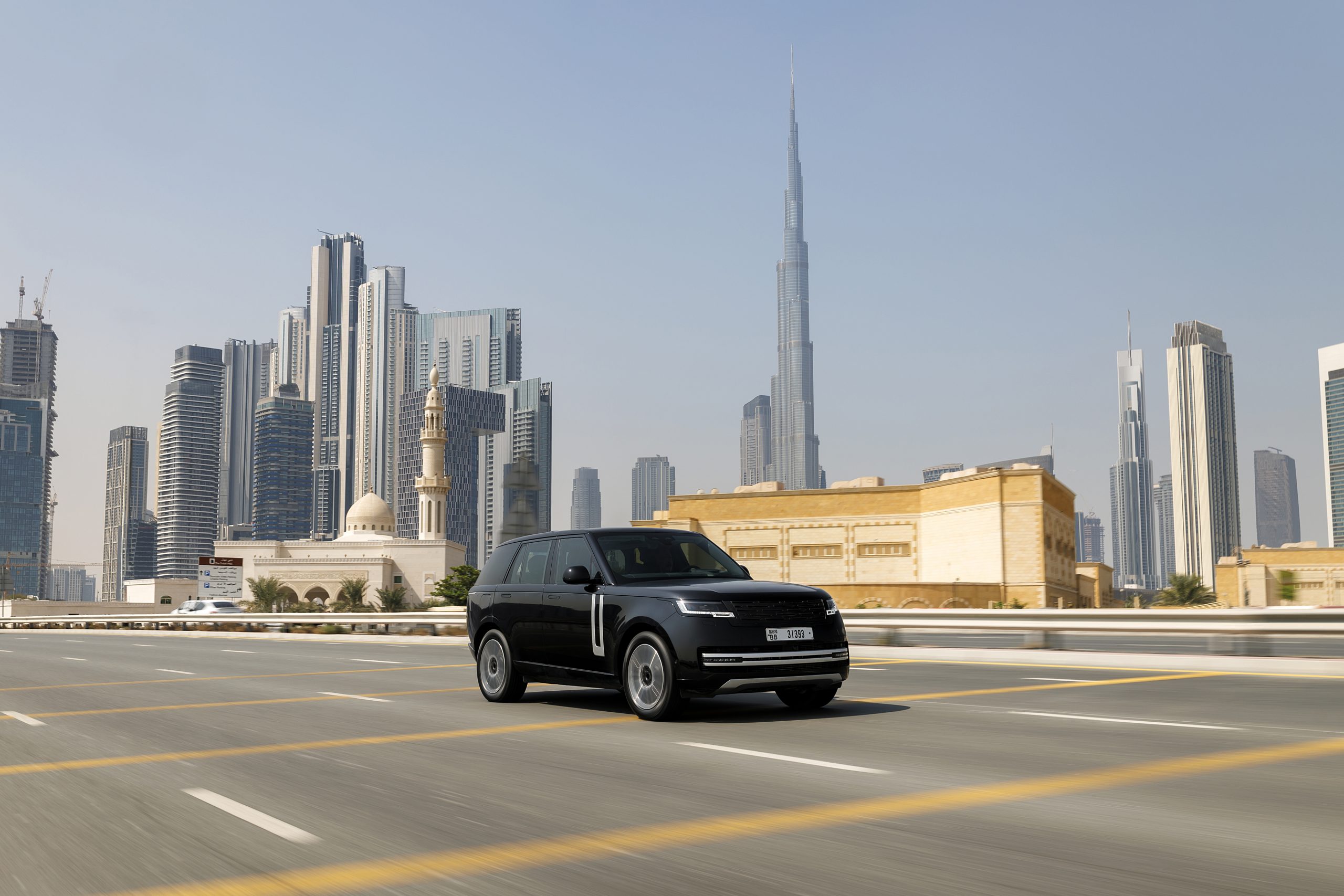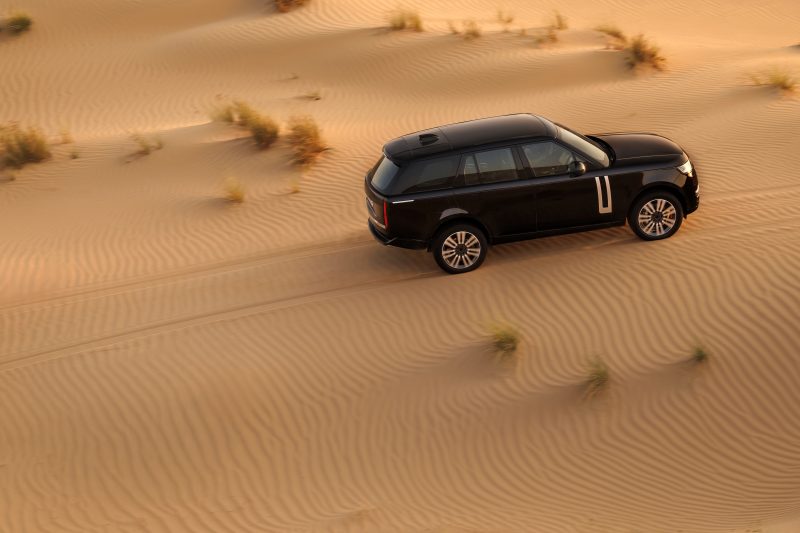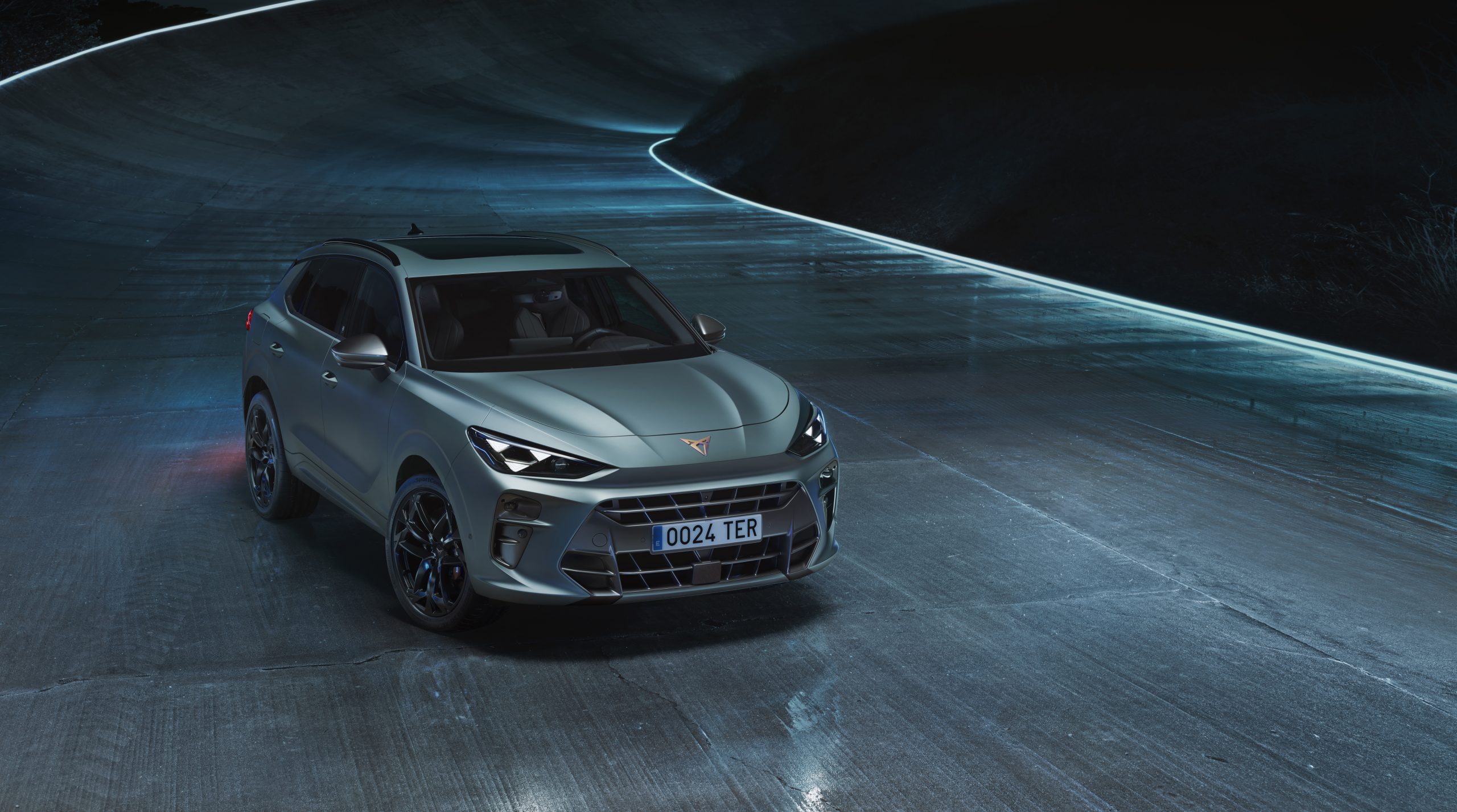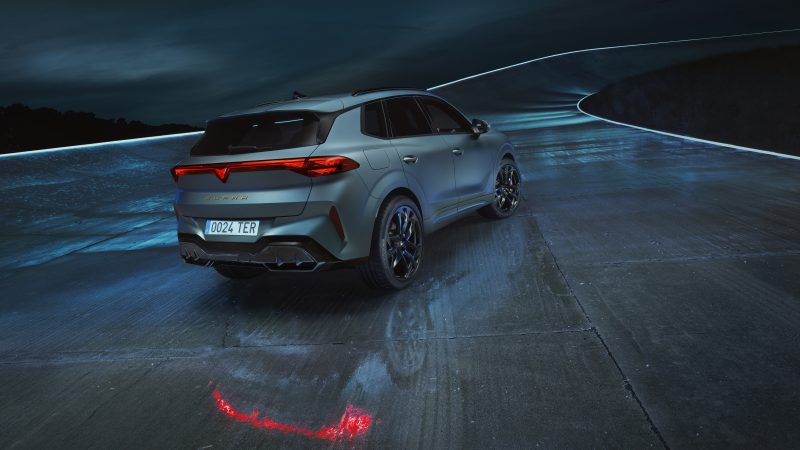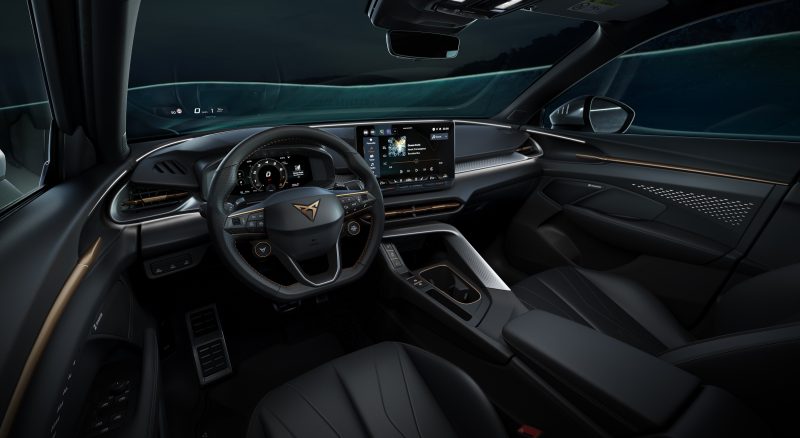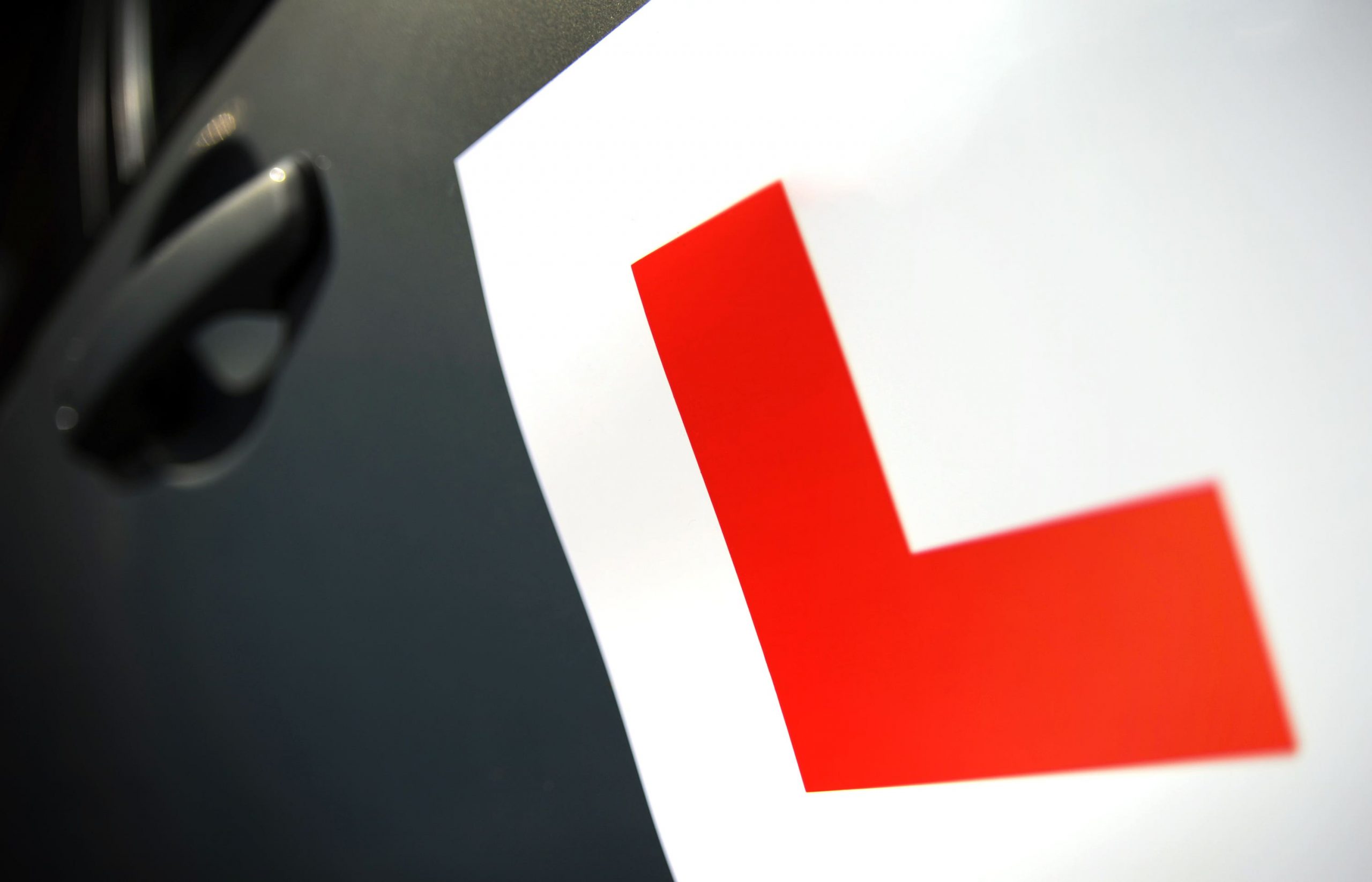Upcoming battery-powered showcases a bold new direction for the brand.
Jaguar’s new luxury electric car is here and arrives with a bold new look to reflect the brand’s recent image transformation.
Jaguar recently sparked widespread controversy with its dramatic re-brand which saw the firm ditch its traditional theme in favour of a more modern take. Its ‘copy nothing’ tagline drew worldwide interest, with even the boss of social media platform X, formerly Twitter, Elon Musk, responding by stating ‘do you even sell cars?’.
However, that early re-brand lacked any indication of what Jaguar’s new car would look like, which is where this new vehicle takes things forward.

Called the Type 00, it arrives as a ‘concept with bold forms and exuberant proportions to inspire future Jaguars’, according to the brand, and has been revealed in two colours – Miami Pink and London Blue. Jaguar’s famous ‘leaper’ logo is laser-etched into a brass ingot on each side of the car, which themselves open to reveal rear-facing cameras that provide a view for the driver similar to conventional wing mirrors via screens located in the cabin.
Access to the cabin comes through two ‘butterfly’ doors which reveal a large, spacious interior with three hand-finished brass lines which run the length of the interior. The ‘floating’ front seats are finished in a wool blend which is also used on the flooring and other areas.
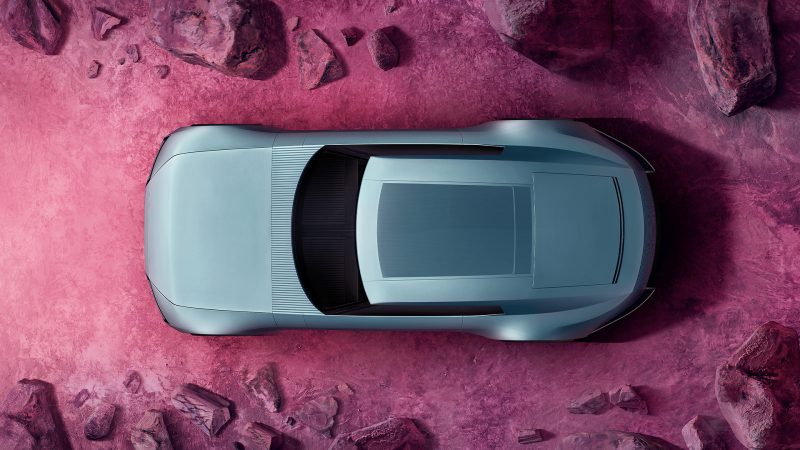
With a number of flush surfaces and a glassless rear tailgate, it appears that the Type 00 has been designed to be as aerodynamic as possible which would, in theory, help to boost its range and overall efficiency.
Jaguar says that the new car uses a dedicated electric platform which should return up to 478 miles of range while rapid charging will add 200 miles of charge in 15 minutes.

Adrian Mardell, chief executive office, JLR, said: “The magic of Jaguar is close to my heart – an original British luxury brand unmatched in its heritage, artistry and emotional magnetism. That’s the Jaguar we are recapturing and we will create the same sense of awe that surrounded iconic models like the E-type.
“Our journey is already underway, guided by our original ethos to Copy Nothing – and the results will be nothing short of spectacular.”
Jaguar has stated that both its cars and ‘culture’ will ‘come to life’ in a number of ‘exclusive brand stores’ with the first of these being located in the 8th arrondissement in Paris.
The production-ready version of the Type 00 – which will be made in the UK – is set to be revealed late in 2025 and though prices haven’t been confirmed, it’s expected to come in north of £100,000.



